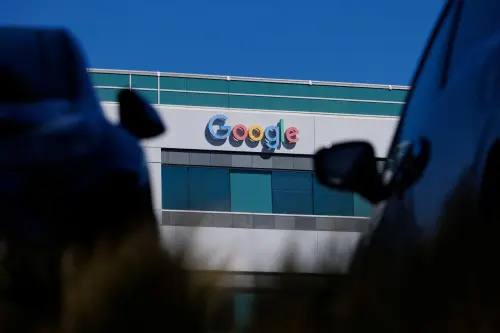Executive Summary
In the American Recovery and Reinvestment Act of 2009, the U.S. Congress charged the Federal Communications Commission with developing a national broadband policy by March 17, 2010. Legislators asked the commission to outline policies that would be efficient, effective, and affordable, and that would advance the public interest in “consumer welfare, civic participation, public safety and homeland security, community development, health care delivery, energy independence and efficiency, education, worker training, private sector investment, entrepreneurial activity, job creation and economic growth, and other national purposes.”
Central to this request was the idea that digital infrastructure is vital to long-term economic, social, and civic development. Similar to highways, bridges, and dams, broadband and wireless represent infrastructures that make it possible for businesses to stay connected, innovate, and create jobs. Just as we need a strong interstate highway system and viable mass transit, we require accessible and affordable broadband so that businesses and consumers can reap the benefits of broadband and wireless technology.
In this report, I look at what other countries are doing in terms of broadband applications. Specifically, I examine four policy questions: 1) what broadband speeds are countries aiming for in their national plans? 2) how are various nations paying for necessary broadband investments? 3) what new applications become available at various broadband speeds? and 4) how valuable do other locales see broadband for the economy, social connections, civic engagement, and public sector service delivery?
Countries vary in size, population density, industry structure, regulatory environment, demographic makeup, and cultural patterns. Yet despite obvious differences, America can learn valuable lessons from other countries. People can see what other places are attempting in terms of new ideas and possible benefits to be gained from high-speed broadband.
In terms of speed, South Korea has the most ambitious national goal in terms of future broadband traffic. It is seeking to raise broadband speed to 1 gigabyte per second. Australia and Finland are aiming for 100 Mbps, while Germany has a stated target of 50 Mbps by 2014. These countries are pushing for high speeds because they see them as necessary for new health, education, energy, and civic engagement applications.
The challenge for most nations is how to improve access, open networks, and pay for faster service. The Federal Communications Commission estimates that it will require $350 billion to provide universal broadband coverage in the United States at 100 Mbps, yet the public investment authorized as part of the economic stimulus package is only $7.2 billion. The American public sector investment is the highest in the world. As a point of contrast, Japan is spending $3.7 billion; Australia is devoting $3 billion, Canada has budgeted $150 million, Finland $130 million, and Spain is spending $90 million. But the U.S. investment pales in comparison to what is needed. Encouraging greater private sector investment is key to realizing the long-term benefits of broadband.
Faster speeds are vital to take advantage of new digital tools such as GIS mapping, telemedicine, virtual reality, online games, supercomputing, video on demand, and video conferencing. New developments in health information technology and mobile health, such as emailing X-rays and other medical tests, require high-speed broadband. And distance learning, civic engagement, and smart energy grids require sufficient bandwidth.
There is considerable evidence that widely available, affordable, and high-speed broadband furthers economic development, social connections, civic engagement, and electronic government. As noted in this report, a study of 120 nations between 1980 and 2006 undertaken by Qiang (2009b) estimates that each 10 percentage point increase in broadband penetration adds 1.3 percent to a high income country’s gross domestic product and 1.21 percent for low to middle-income nations.
The United States should have three goals: 1) raising the household broadband adoption rate to 90 percent by 2020, 2) aiming for 100 Mbps of speed (similar to Australia and Finland) in order to facilitate new applications in education, health care, smart energy grids, public safety, video streaming and high definition television, games, video conferencing, civic engagement, and electronic government, and 3) improving data collection on broadband speeds and availability so consumers know what speeds they are paying for and policymakers have better adoption and availability information on which to base policy decisions.
The Brookings Institution is committed to quality, independence, and impact.
We are supported by a diverse array of funders. In line with our values and policies, each Brookings publication represents the sole views of its author(s).


